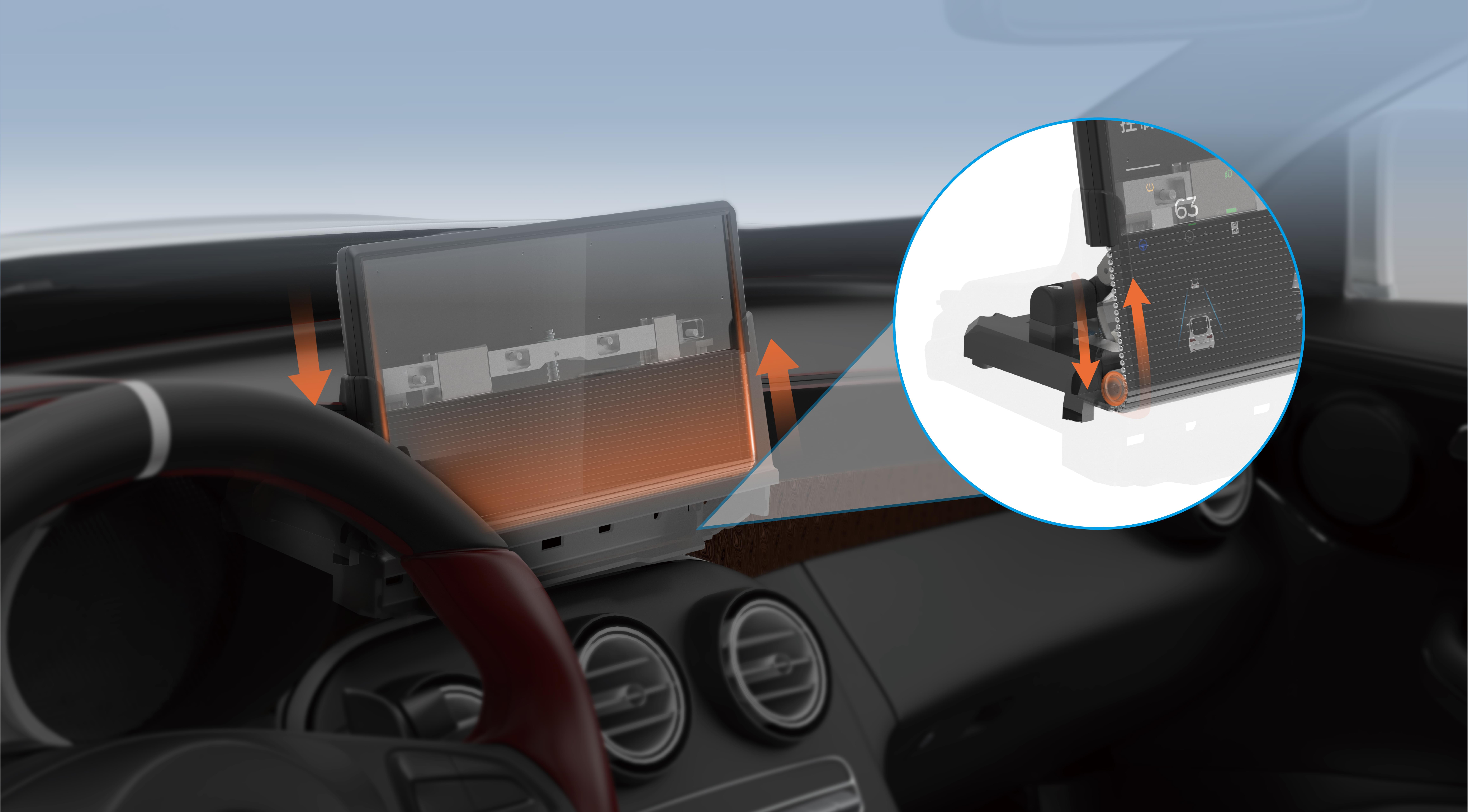Harnessing the Magic of Servo Motors: An Introduction for Arduino Enthusiasts
In the world of electronics and robotics, servo motors have become a cornerstone component for projects that require precise control of angular position. Whether you're building a robotic arm, a camera gimbal, or an automated door, servo motors are your go-to solution for smooth, accurate movement. If you're an Arduino hobbyist or just starting your journey in embedded systems, understanding how to control servo motors with Arduino Uno is a fundamental skill that can open doors to a universe of possibilities.

What is a servo motor? At its core, a servo motor is a compact, powerful motor equipped with a built-in feedback mechanism, which allows it to be positioned at specific angles with high precision. Unlike standard DC motors that spin freely, servo motors are designed for controlled movement, making them ideal for applications where exact positioning is crucial. They typically operate within a range of about 0 to 180 degrees, though some special servos can rotate continuously 360 degrees.
The core components of a servo motor:
Motor: Converts electrical energy into mechanical motion. Gearing system: Reduces the motor's speed and increases torque. Feedback device: Usually a potentiometer that provides position feedback to the control circuit. Control system: Uses pulse width modulation (PWM) signals to control the servo's position.
Why use Arduino Uno with servo motors? The Arduino Uno microcontroller is renowned for its simplicity, flexibility, and massive community support. With its easy-to-use PWM pins and accessible programming environment, controlling a servo motor becomes straightforward. Plus, there's a wealth of example code and tutorials available, making it perfect for beginners eager to experiment and learn.
Getting started: What hardware do you need?
Arduino Uno board Standard servo motor (e.g., SG90 or MG995) Jumper wires Breadboard (optional but helpful for prototyping) Power supply (if controlling multiple servos or larger motors)
Once you have your hardware ready, the next step is writing code that communicates with the servo motor. Your code will send PWM signals to set the servo’s position, creating smooth, controlled movements.
Understanding PWM signals and servo control Pulse Width Modulation is a method of controlling the power delivered to electronic devices by varying the duration of a digital pulse within a fixed time frame. For servo control, the Arduino generates a PWM signal with a pulse width typically ranging from 1 millisecond (ms) to 2 ms, corresponding to angles from 0 to 180 degrees. A 1.5 ms pulse usually positions the servo at the midpoint of its range.
Basic servo control code in Arduino Thankfully, Arduino offers a built-in library called Servo that simplifies controlling servo motors. Here's a simple sketch to move a servo to a specific position:
#include Servo myServo; // Create a servo object void setup() { myServo.attach(9); // Attach the servo to digital pin 9 myServo.write(90); // Set the initial position to 90 degrees } void loop() { myServo.write(0); // Move to 0 degrees delay(1000); // Wait for a second myServo.write(180); // Move to 180 degrees delay(1000); // Wait for a second myServo.write(90); // Return to midpoint delay(1000); }
This simple example demonstrates how to control a servo’s position by changing its angle in degrees. The write() function takes a value from 0 to 180, translating to specific PWM signals that move the servo accordingly.
Understanding the code components:
#include : Imports the servo library that simplifies control. Servo myServo;: Creates a servo object to interact with. attach(9): Associates the servo with pin 9 on the Arduino. write(angle): Sets the servo’s position. delay(ms): Pauses the sketch to allow the servo to reach the position.
This foundational code is the beginning of more complex projects that involve multiple servos, sensor input, and autonomous control.
Key considerations when working with servo motors:
Power supply: Ensure your servo is powered adequately, especially when controlling multiple servos simultaneously. Many servos draw more current than the Arduino’s onboard regulator can supply, which can lead to brownouts or resets. Use an external power source when necessary, connected ground-wise to the Arduino. Servo limits: Respect the mechanical limits of your servo to prevent damage. Most standard servos have a 180-degree range, but forcing them beyond their limits can strip gears or burn out motors. Signal quality: Keep signal wires short and shielded if you're experiencing jitter or unstable movement.
Practical applications of servo motors with Arduino:
Robotic arms: Precise control of multiple joints for pick-and-place operations. Camera stabilization/gimbals: Smooth pans and tilts for photography or videography. Automated blinds or curtains: Open or close based on light levels or schedules. Educational models: Demonstrating principles of mechanics and control systems.
Next steps: In the second part of this article, we'll delve into more advanced coding techniques, troubleshoot common issues, explore multi-servo setups, and inspire you with creative project ideas. Whether you're aiming to build a simple robot or a complex automation system, understanding how to harness servo motors with Arduino Uno opens up a world of innovation.
Established in 2005, Kpower has been dedicated to a professional compact motion unit manufacturer, headquartered in Dongguan, Guangdong Province, China.




































